Angelica Chinese - features of medicinal herbs
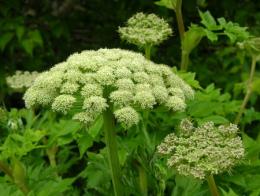
Angelica sinensis is commonly known as Dong Kuai, Dong Quai, Angelica or "female ginseng". Angelica (Latin American name) belongs to the same plant family as parsley, celery and carrots, namely Apiaceae. Dong Kuai has been used for thousands of years in traditional Chinese, Korean and Japanese medicine.
In nature, Angelica Chinese - perennial, which usually grows up to 2 meters in height. It blooms in late spring and produces ovoid, ribbed seeds in September and October.
Angelica should be grown in partial shade in moist soil. The stems are deeply divided by leaves and usually bear 12 to 36 white, fragrant flowers that form into umbels. Angelica is a bitter, aromatic herb that has anti-inflammatory effects, reduces fever, and has anti-spasmodic and expectorant properties.
Content:
Holy Spirit Herb
Unlike many other herbs, the history of Angelica is associated with a fascinating legend. Old beliefs say that at night an angel appeared to the monk in a dream and revealed the secret, telling about the healing properties of the mysterious plant. The grass begins to bloom on May 8, the day of worship of the Archangel Michael, and therefore from ancient times it was believed that it protects against evil spirits, witches, spells and plague.
Chinese angelica is one of the most powerful herbs.Angelica is somewhat unique as it is one of the few aromatic plants considered native to the cold climates of northern Russia, Lithuania and Norway.
The alchemist and physician, Paracelsus (1493-1541), who lived during the plague epidemic in Milan in 1510, called angelica a “miracle of medicine” for treating illness. It was also used during the plague epidemic in the era of Charles II. The history of angelica would not be complete without mentioning the Chinese. They have been using herbal medicine for 4,000 years.
The Danes were among the first to produce and sell candied Angelica fruits. By the early 17th century, the English were using the roots and stems as a spice to create a sweet flavor in dishes. Candied herbs were believed to be a confection that drove away the wind and strengthened the stomach.
In Lapland, local poets believed that a garland of angelica hung in the house would attract inspiration.
Traditionally, angelica was added to chicken soup. The Norwegians used the roots to bake bread, and the French used the plant to make various drinks, the most famous of which is Chartreuse. Angelica aromatic oil was used in perfumery.
Therapeutic Use
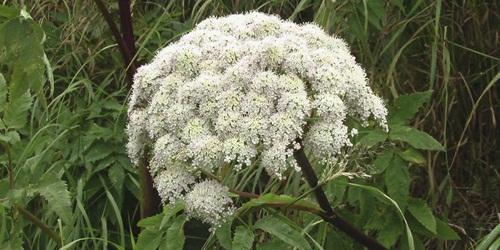
Angelica is mainly used for:
- stimulating gastric juice
- flatulence
- stomach cramps
- providing antispasmodic properties
- causing a choleretic effect
- reducing menopausal symptoms
- premenstrual syndrome
- allergies
Some studies by Chinese scientists have found that angelica helps relieve discomfort during menopausal hot flashes. It is used as a phytoestrogen and is used to balance estrogen levels in the body.
The active substances of Angelica tone the uterus, so it is used to facilitate uterine contractions.
Asian researchers have proven that angelica Chinese helps blood clotting (contraindicated, use grass people with heart disease), and improves liver function in diseases of chronic hepatitis and cirrhosis of the liver.
Preliminary research in China has found that the herb may help increase the production of red blood cells, making this herb an excellent remedy for anemia.
Application for diseases:
- "Female ginseng" helps to dilate the coronary vessels and facilitate their dilation, thereby reducing blood pressure.
- Angelica Chinese has an analgesic effect, much more effective than aspirin, so it is recommended to use it for headaches, arthritis, injuries and cramps.
- European species of Angelica are used orally to combat bronchitis and flu, as it soothes the smooth muscles of the bronchi.
- The herb is also used to combat digestive problems, stomach ulcers, anorexia and migraines.
In traditional medicine, angelica is used against allergies and allergic symptoms from various substances; including pollen, dust, animal hair, food products.
The coumarins contained in angelica have good immunostimulating effects, stimulating the production of white blood cells to fight off foreign particles and cancer cells, which in turn helps fight tumors that form. It is also used to stimulate the production of interferon in the body.
The herb has been used pharmacologically during the treatment of various minor ailments.Symptoms of mild colds, coughs and fevers were significantly alleviated with the use of angelica-based preparations. Many scientists claim that angelica extract improves appetite.
Steamed stems can be eaten with butter, and chopped stems add flavor to roast pork.
External use
In traditional medicine, angelica chinensis is usually soaked in wine or brewed and taken orally.
Decoction-based lotions are effective for:
- rheumatic pain
- neuralgia
- pleurisy
Aromatherapy and oil use
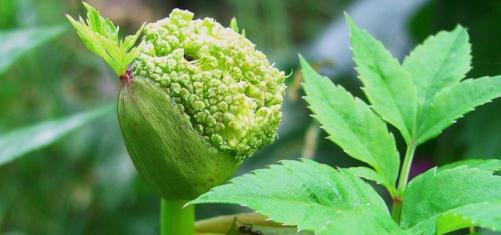
Essential oil It is made from angelica root and is used as a tonic, to cleanse the blood and for digestive problems. The oil is also recommended for use after illness to help cleanse the body of toxins and has excellent anti-fungal properties.
Safety precautions and warnings
Angelica chinensis is not recommended for pregnant women and older people suffering from diabetes or heart problems.
The drug made from angelica is susceptible to exposure to sunlight, so taking a medicinal dose may cause a rash. Using the root essential oil when exposed to sunlight may also cause an allergic reaction immediately after application.
The journal Science published an article in which it spoke out against the internal use of angelica, since psoralens can promote the growth of tumors, while, on the other hand, animal studies have shown that substances found in the plant have anti-cancer effects.
Therefore, doctors recommend that people prone to cancer not use herbal-based drugs until the controversy is resolved.Angelica roots are poisonous when the plant is fresh, but drying eliminates the poison and it can be safely used.
If harvest herbs collected in the forest, you need to be extremely careful when searching for angelica, as there are plants that look almost like angelica and are extremely poisonous.
Angelica Chinese is one of the unique medicinal herbs that has been used for many centuries by different nations. The information presented is for educational purposes only. None of the recommendations are subject to research and are not intended to diagnose, treat, or prevent disease.
See how to reduce joint pain due to rheumatism:
Interesting information about the vegetable garden


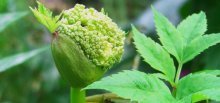
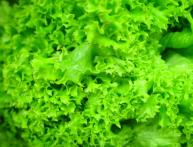
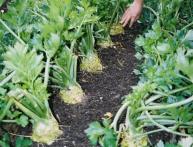
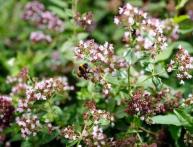
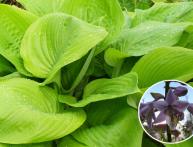
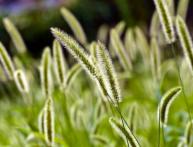
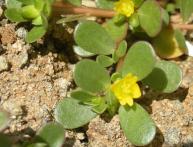
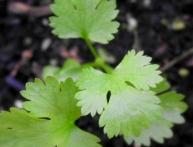

Comments
This is not to say that pregnant women and diabetics should not use angelica. Children under 12 years of age, those whose blood pressure often fluctuates, need to be attentive. Although in the spring, angelica decoction is an excellent help against allergic rhinitis. The reaction to pollen is removed in 2 hours. Tested for myself.